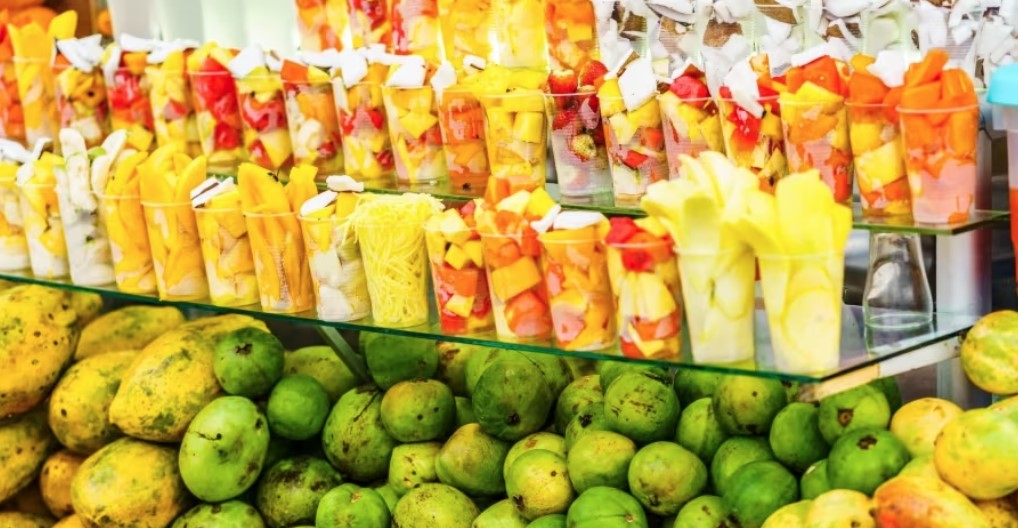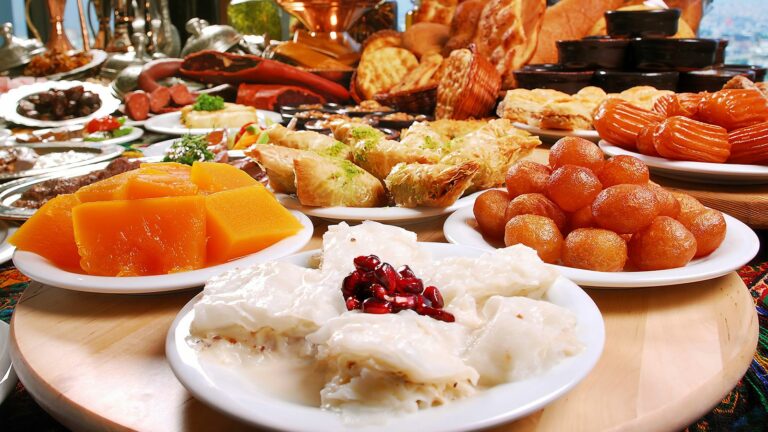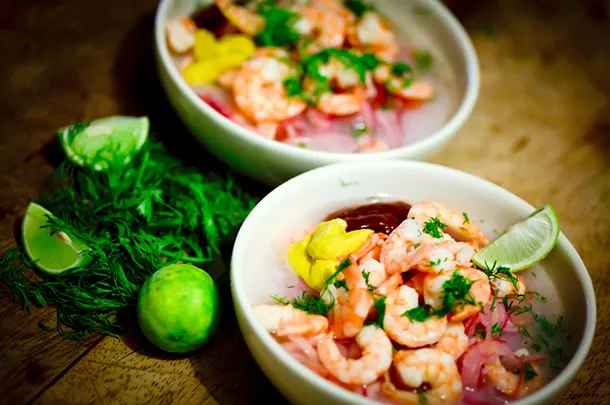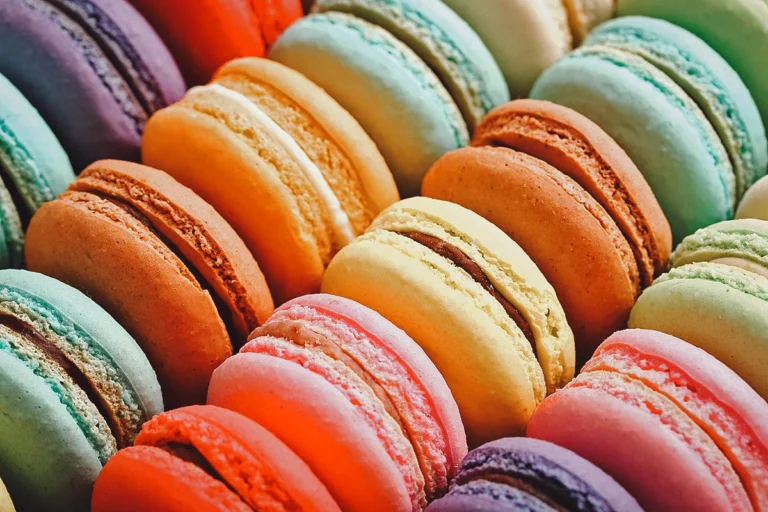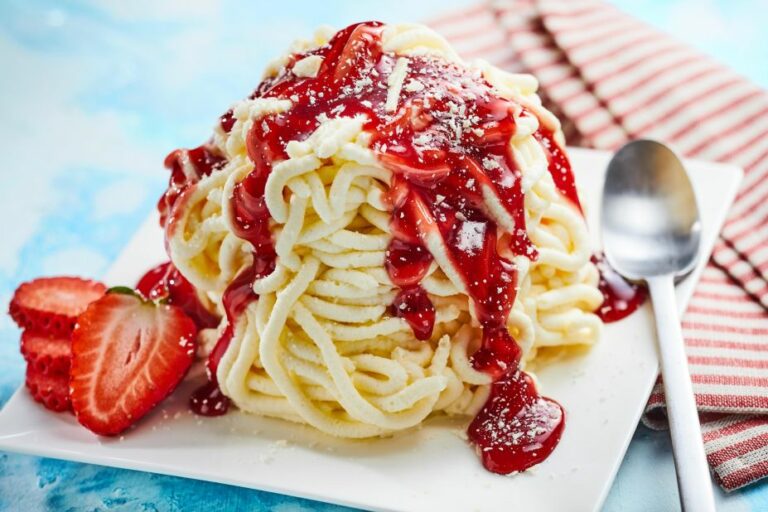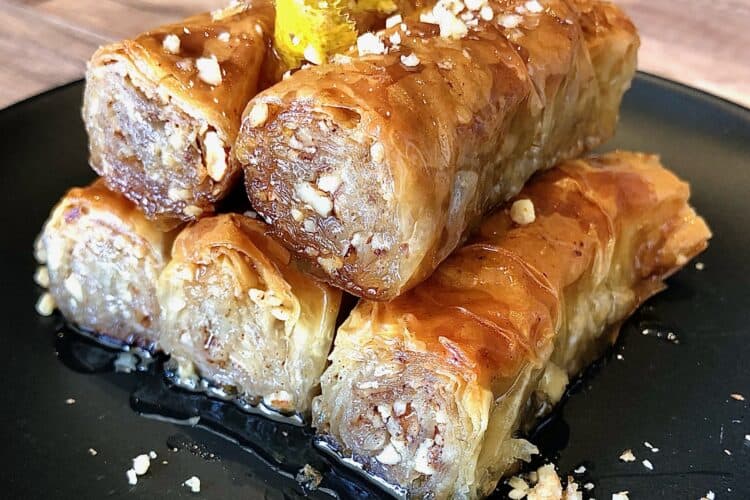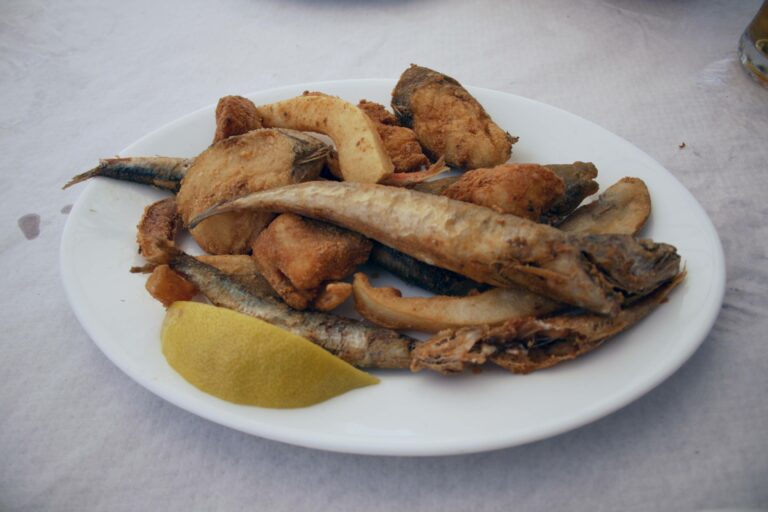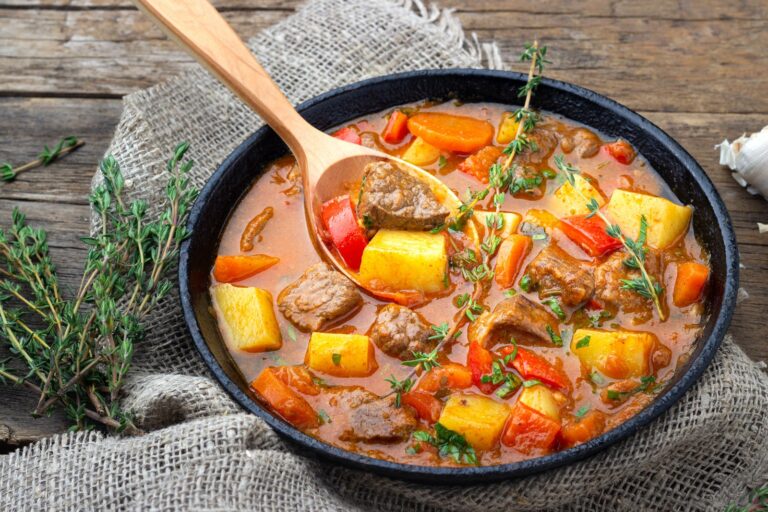Introduction: Dominican cuisine
Dominican cuisine is a fusion of African, Spanish, and Indigenous influences that have blended together over centuries to create a unique culinary experience. The cuisine of the Dominican Republic is characterized by its rich and bold flavors, with many dishes featuring a combination of sweet and savory ingredients.
While there are plenty of savory dishes to try in the Dominican Republic, there are also a number of traditional sweets and pastries that are worth discovering. In this article, we will explore some of the most popular traditional sweets and pastries in Dominican cuisine.
Popular sweets and pastries
Dominicans have a sweet tooth, and as a result, many traditional Dominican sweets and pastries are made with generous amounts of sugar. Some of the most popular sweets and pastries in the Dominican Republic include flan, tres leches cake, and arroz con leche (rice pudding). These desserts are typically made with milk, eggs, and sugar, and are often flavored with cinnamon or vanilla.
Influence of African and Spanish cuisine
The influence of African and Spanish cuisine can be seen throughout Dominican cuisine, and this is particularly true when it comes to sweets and pastries. Many of the traditional sweets and pastries in the Dominican Republic have their roots in African or Spanish cuisine, and have been adapted to suit local tastes.
For example, dulce de leche is a caramel-like sauce that is popular in many Latin American countries, but in the Dominican Republic, it is often used as a topping for pastries. Similarly, the Spanish influence can be seen in the use of ingredients like almonds and honey in Dominican sweets and pastries.
Sweet plantain pie (pastelón de plátano)
One of the most popular traditional sweets in the Dominican Republic is pastelón de plátano, or sweet plantain pie. This dessert is made with ripe plantains that are mashed and then layered with ground beef or chicken, cheese, and other savory ingredients. The top layer is then covered with a mixture of eggs, milk, and sugar, and baked until golden brown.
Coconut sweets (dulces de coco)
Coconut is a popular ingredient in many traditional Dominican sweets and pastries. Dulces de coco, or coconut sweets, are a particular favorite. These sweets are made with grated coconut, sugar, and sometimes milk, and are often shaped into balls or squares. They can be eaten as a snack or used as a topping for other desserts.
Sweet cassava cake (bizcocho de yuca)
Cassava, also known as yuca, is a starchy root vegetable that is used in many traditional Dominican dishes, including sweets and pastries. Bizcocho de yuca, or sweet cassava cake, is a popular dessert that is made with grated cassava, coconut milk, and sugar. It is typically served with a dollop of whipped cream on top.
Cornmeal coconut pudding (majarete de coco)
Majarete de coco is a delicious dessert that is made with cornmeal, coconut milk, sugar, and cinnamon. The mixture is cooked until it thickens, and then poured into individual serving dishes. Once cooled, the pudding is topped with a sprinkle of cinnamon and served cold.
Conclusion: Traditional sweets and pastries in Dominican cuisine
While Dominican cuisine may not be as well-known as some other Latin American cuisines, it is full of delicious dishes and unique flavors. The traditional sweets and pastries of the Dominican Republic are no exception, and are definitely worth trying if you find yourself in the country. From sweet plantain pie to coconut sweets, there are plenty of sweet treats to satisfy any sweet tooth.

